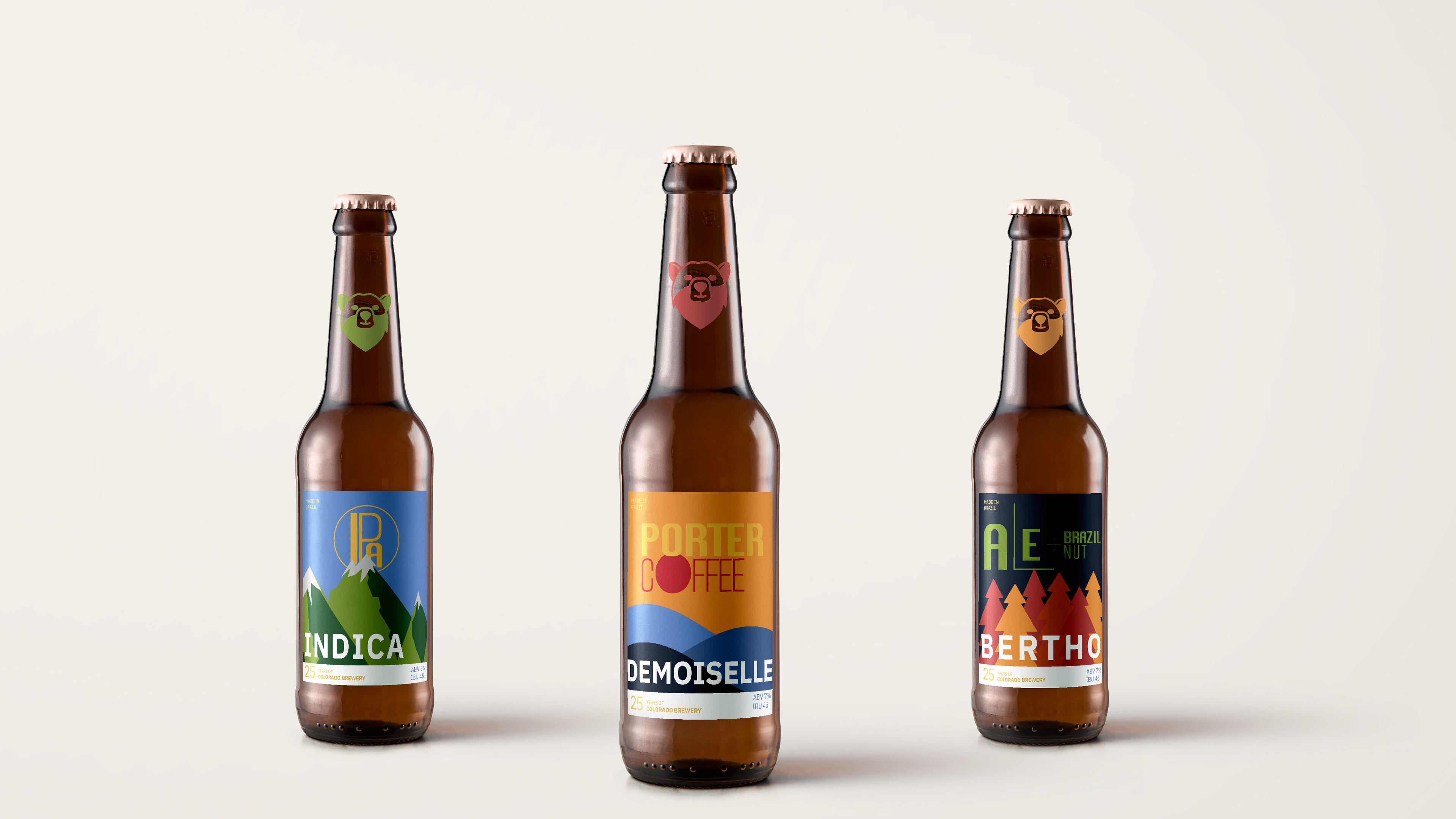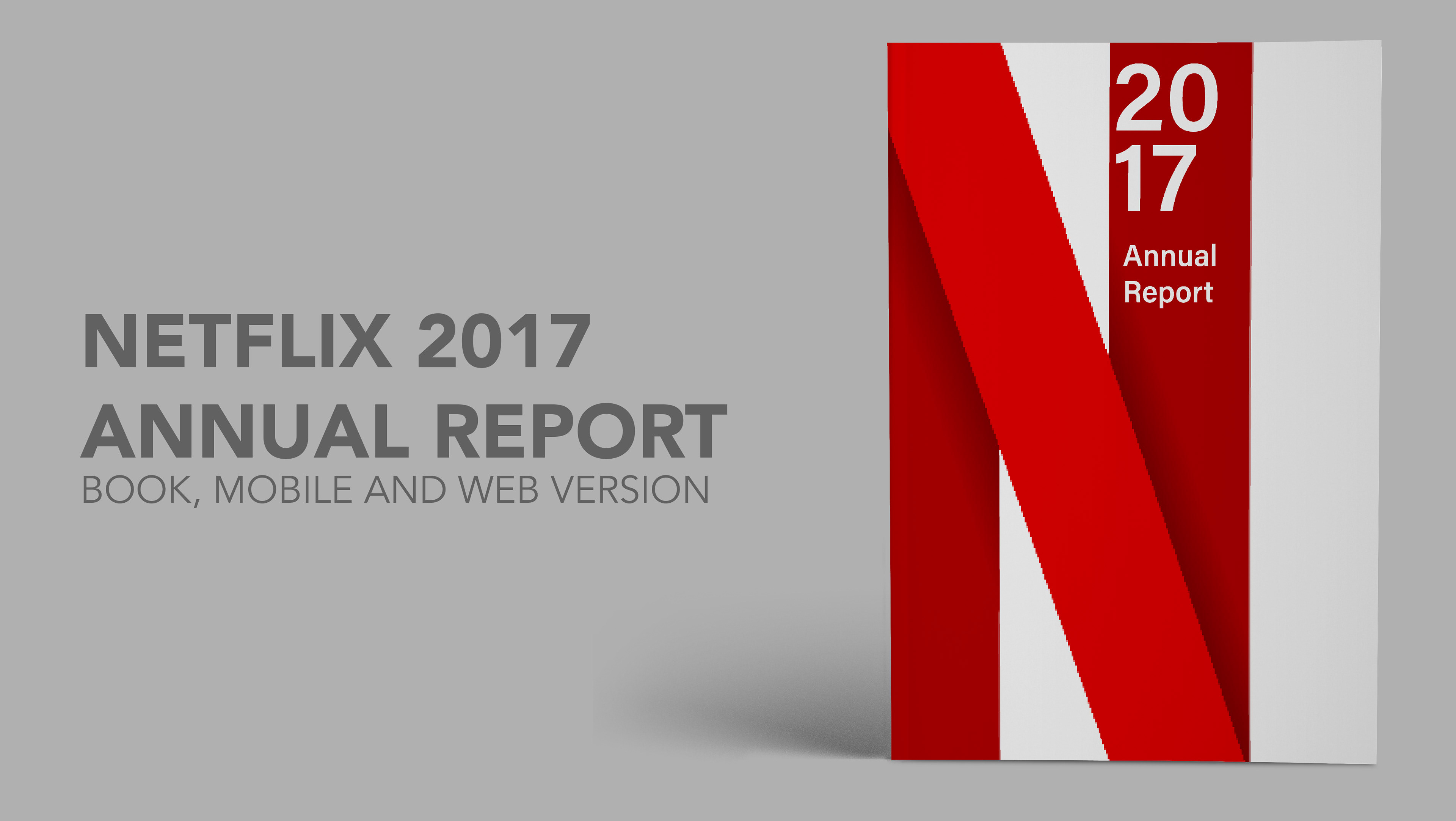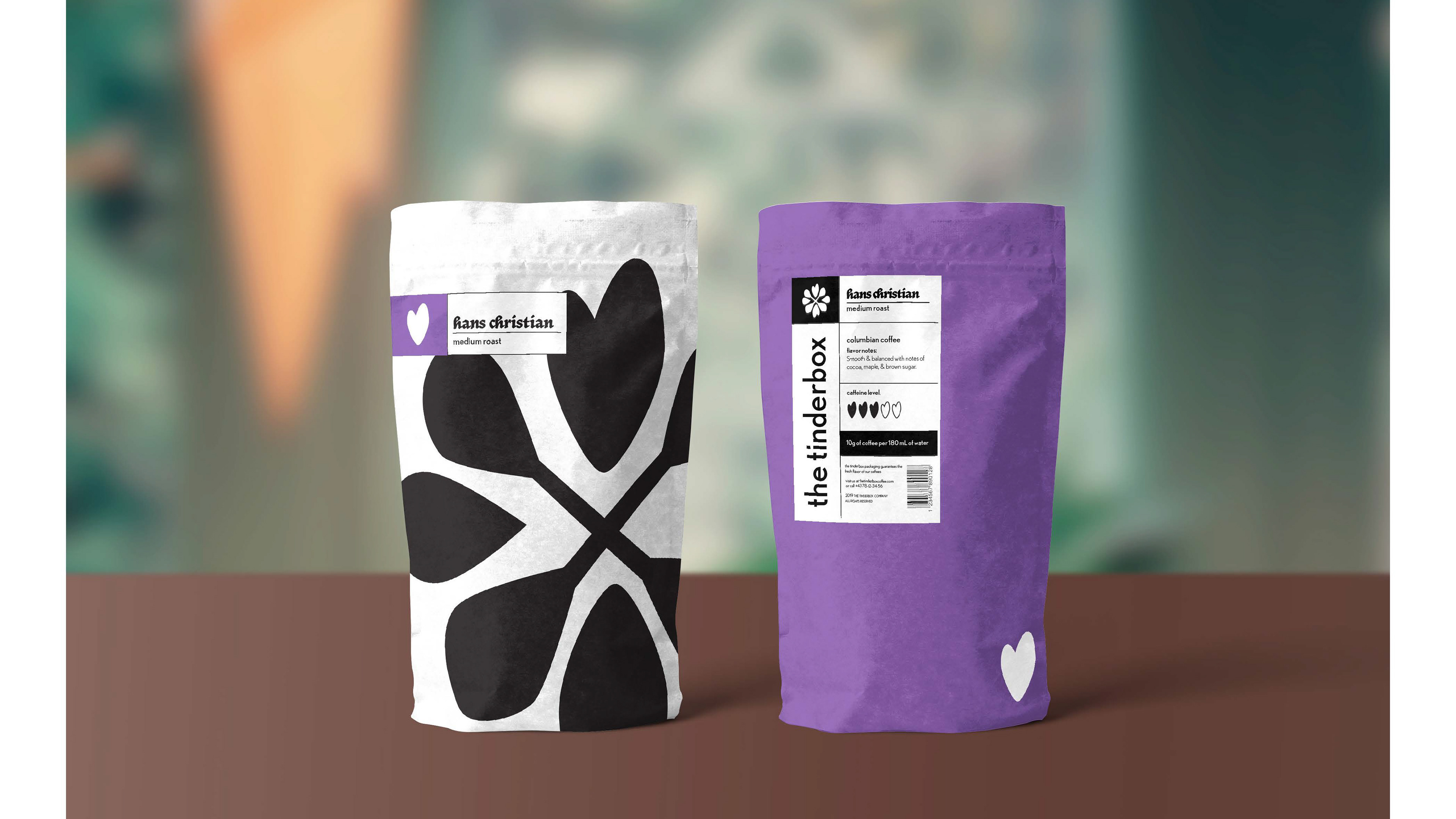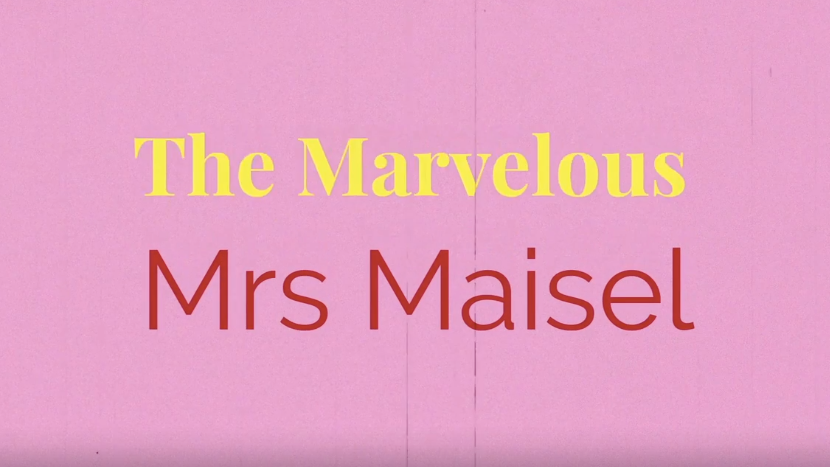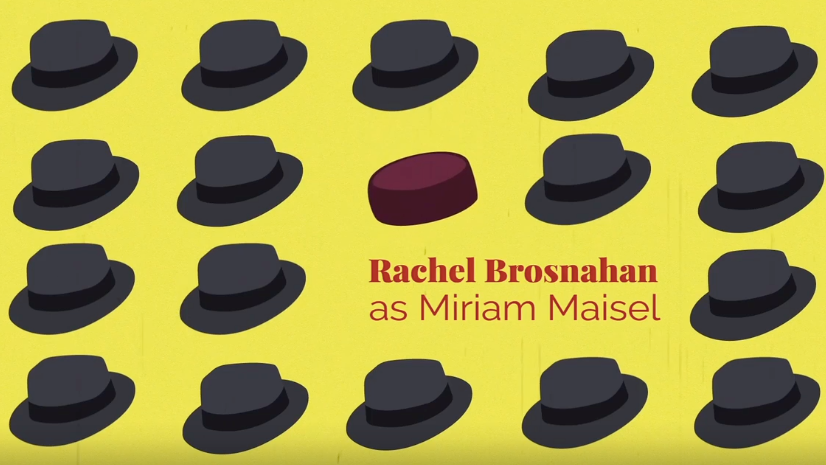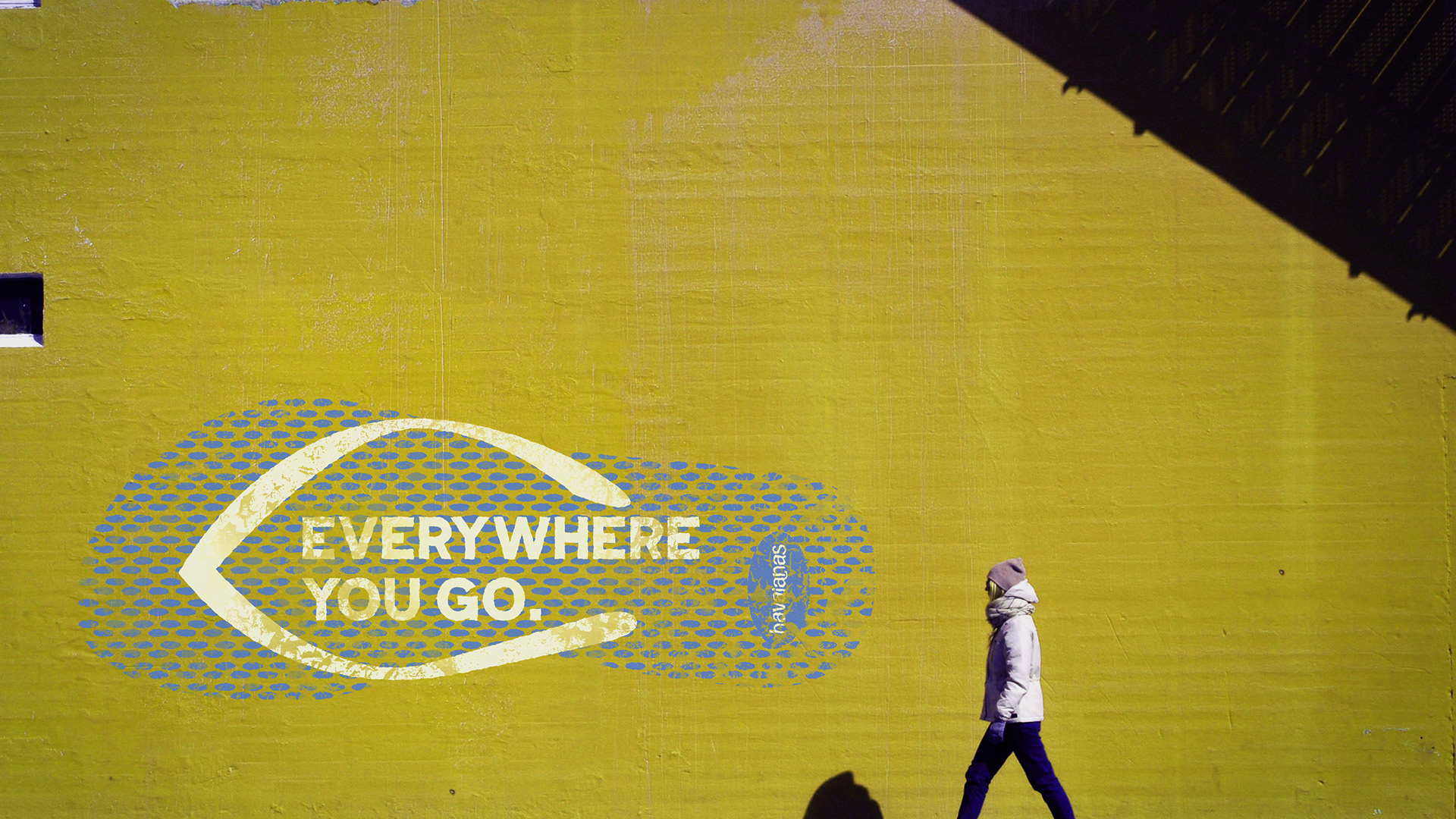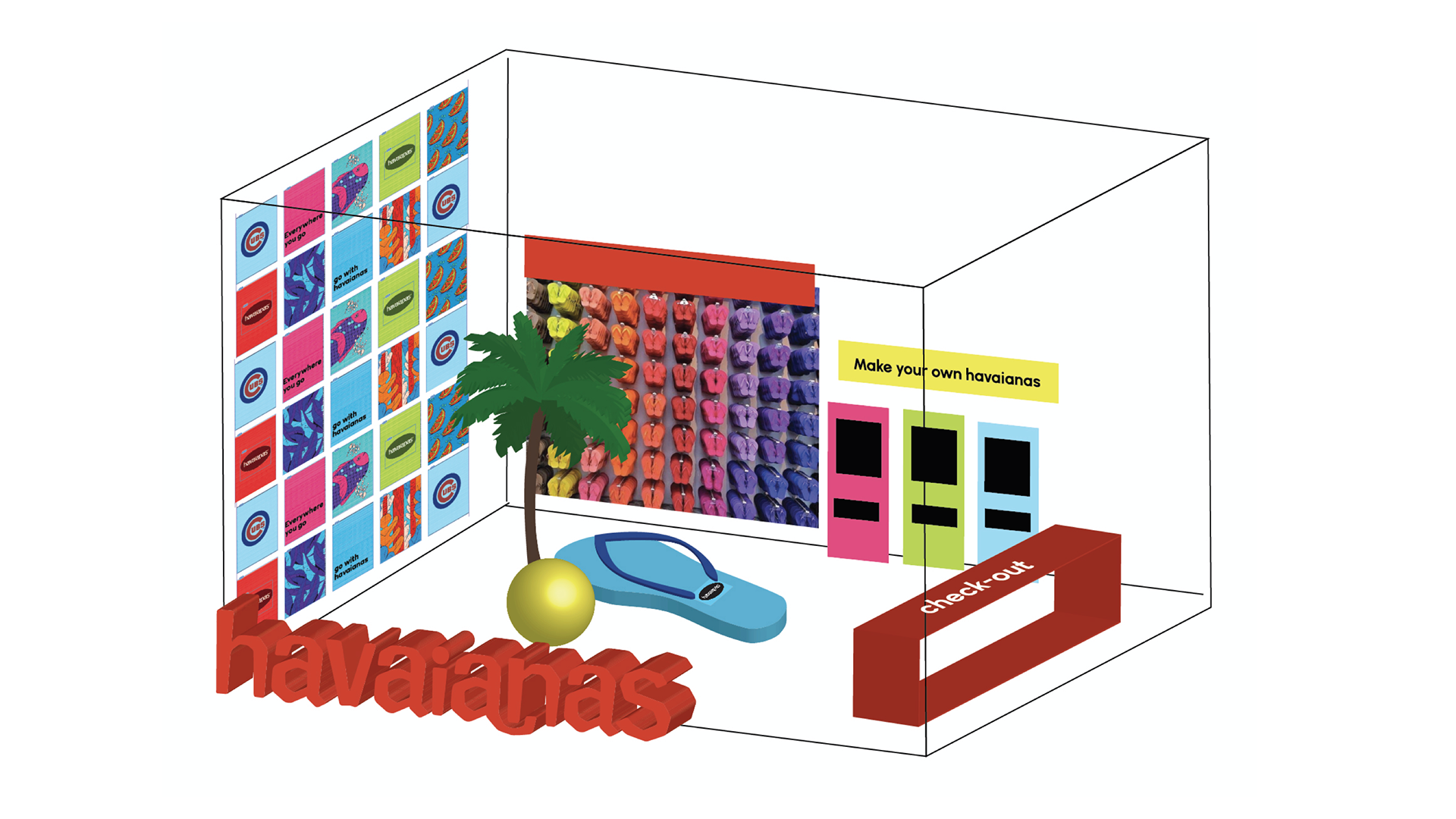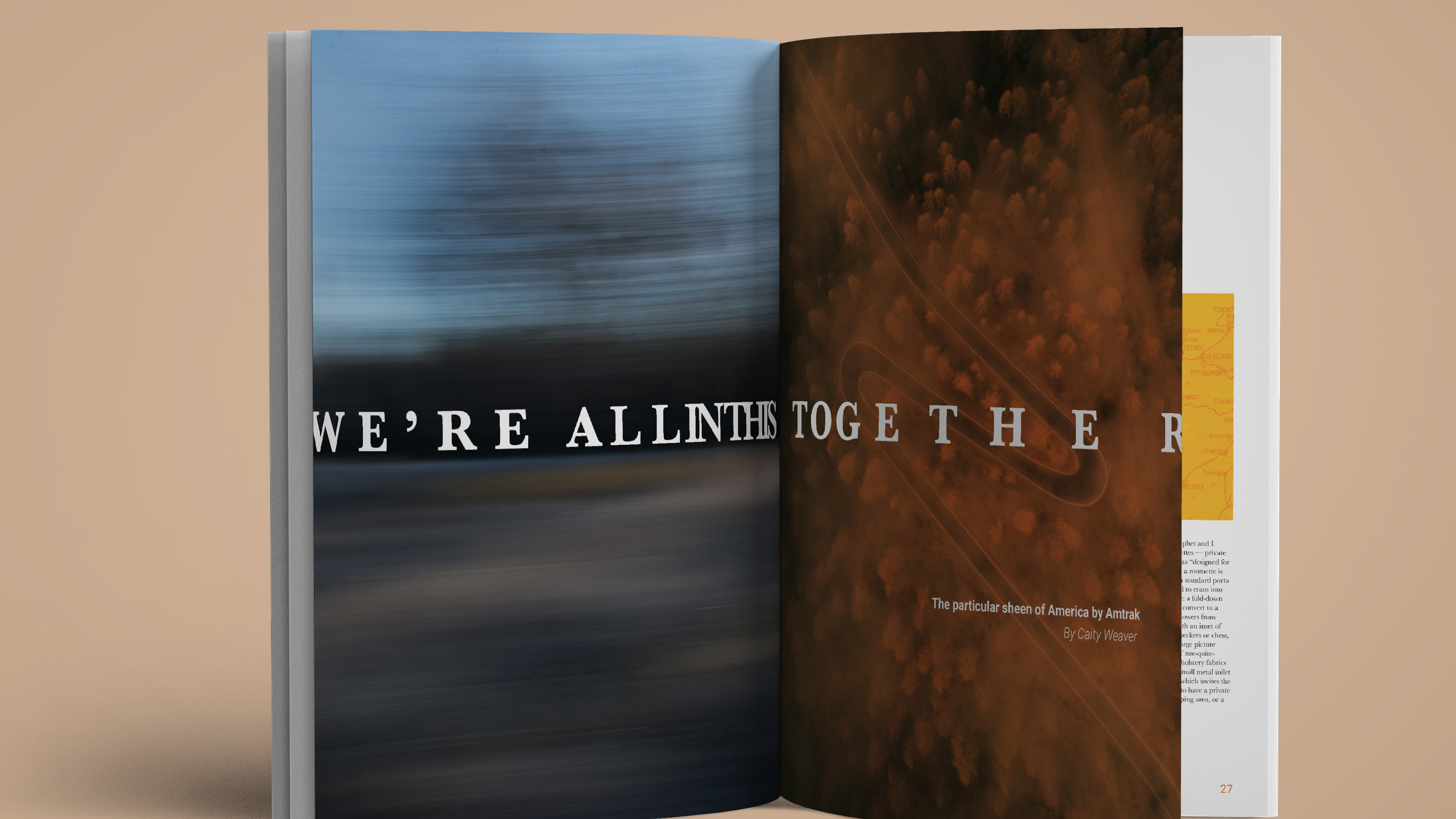Digital translation is used as a tool to bridge the gaps of understanding, from one language to another, from one person to another. However useful, it is a faulty tool, especially when it comes to inclusion, humor and context. Many times there are concepts that seem to surpass translation. When translated, they come out defective, not funny, sometimes offensive, and even incomprehensible. The human-machine relationship is ever evolving for better and for worse, and while we are surrounded by artificial intelligence in our daily lives, these machines (and ultimately the creators of the algorithms behind them) often fail to understand diversity in language and culture, and exclude marginalized voices altogether. The translation tools are as homogenous as the creators behind them.
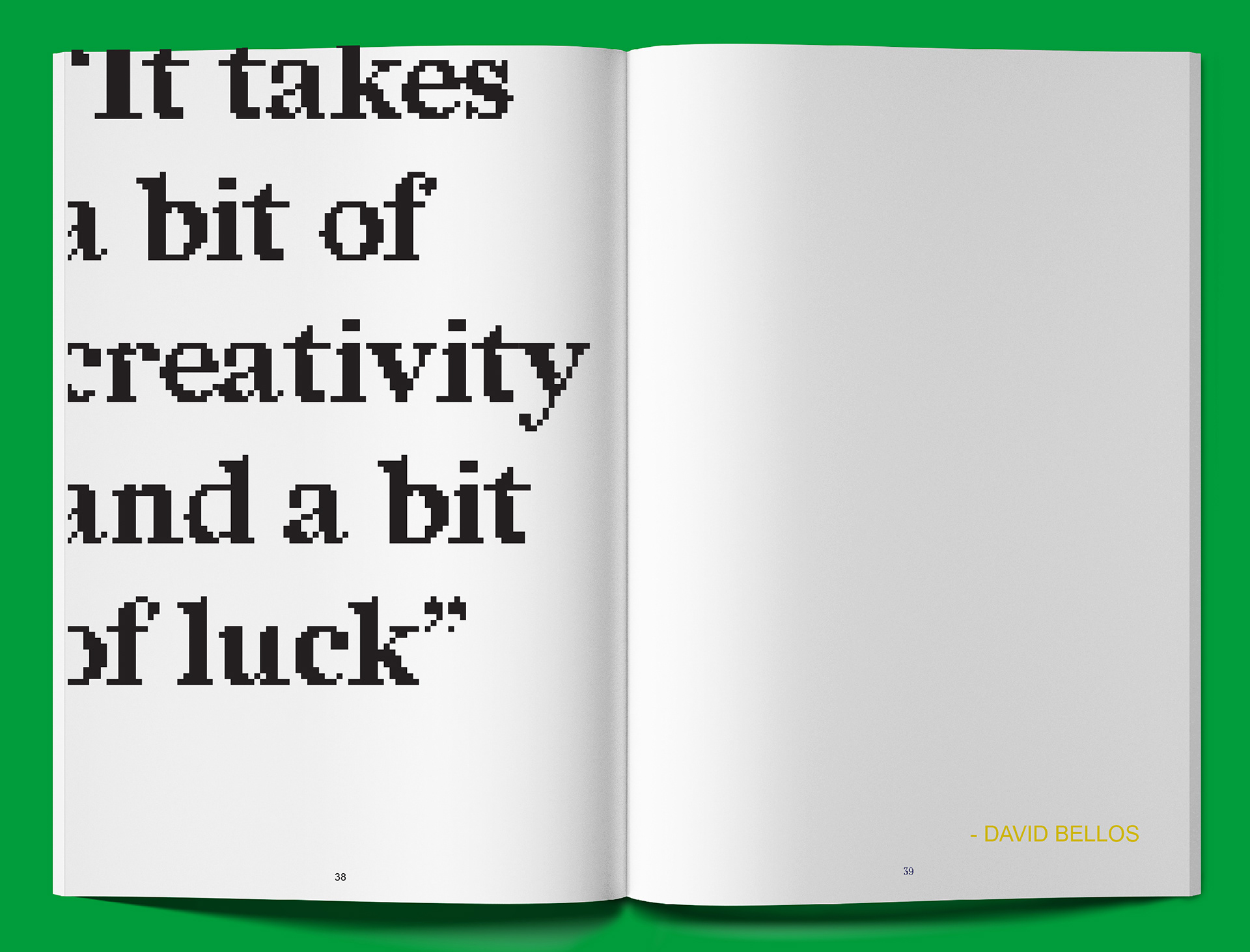
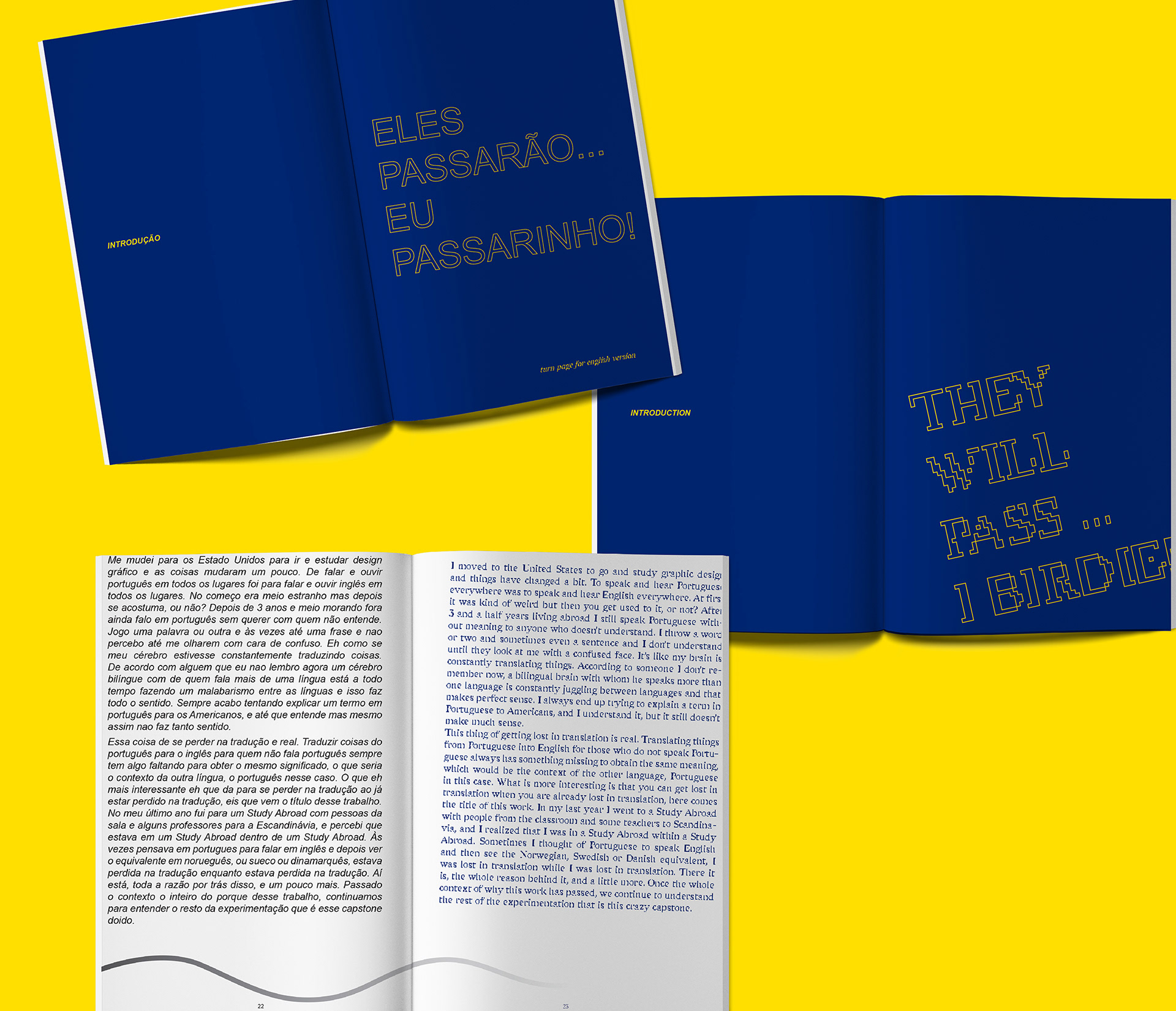
Questionable Experiments with Translation, written in Portuguese and translated to English with machine learning, explores those concepts. The colors used (green, yellow and blue) are the colors of the Brazilian flag, which brings together not only the language that the book was written but also culture and nationality. This experimental book highlights the language barrier that technology cannot surpass and reveals what happens when we try to humanize a machine through humor, so that we can better communicate with other cultures. By utilizing machine learning from our daily lives, including Google Translate, Siri and voice texting, the book collects original examples of failed humor in translation and shines a light on the issues at hand. Asking ultimately, when applied to humor, how can design help decipher the feelings that get lost in translation? What are the consequences of breaking the translation barriers? Is there such a thing as universal humor, and if so, is it actually funny—or is it offensive, exclusionary and oppressive?
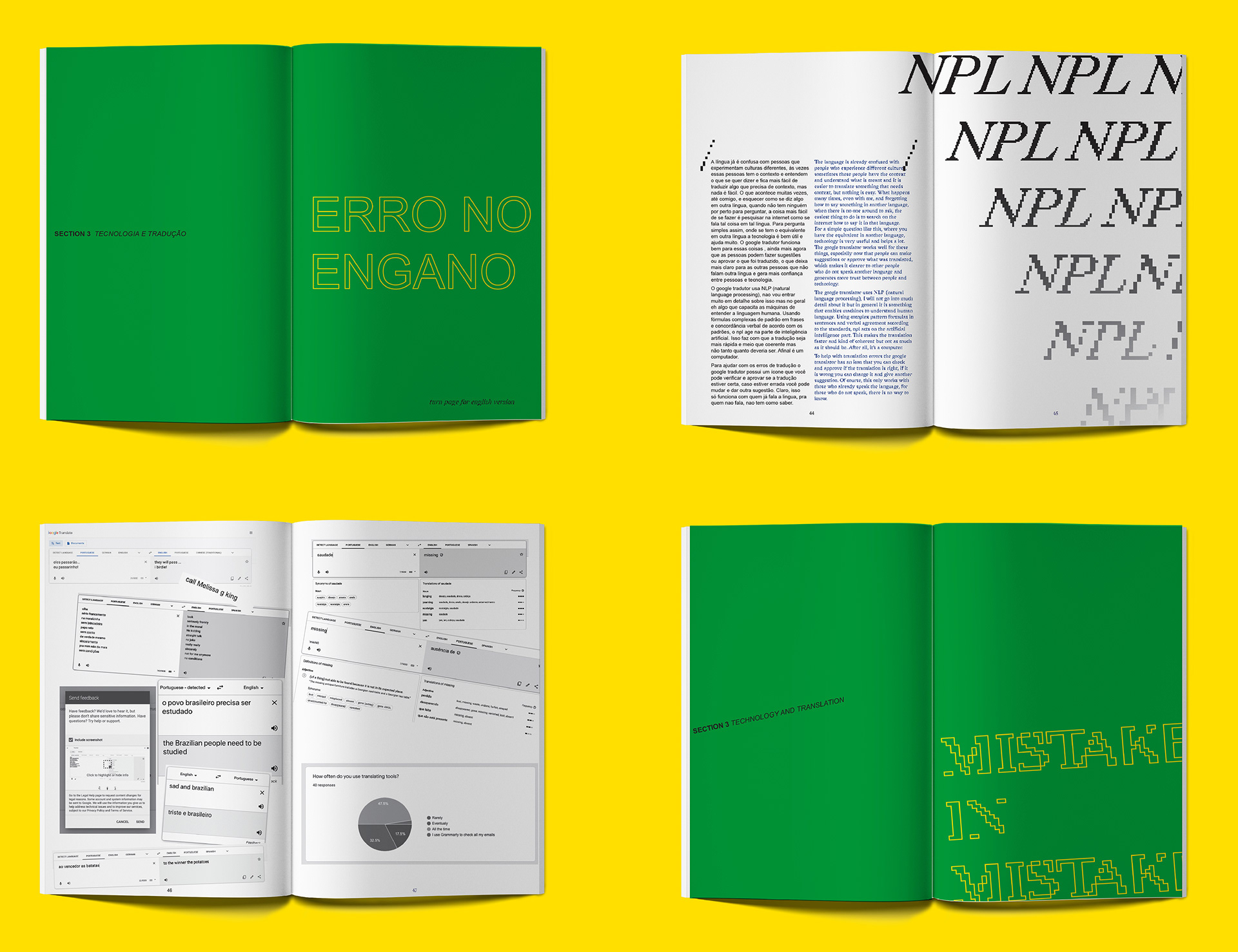
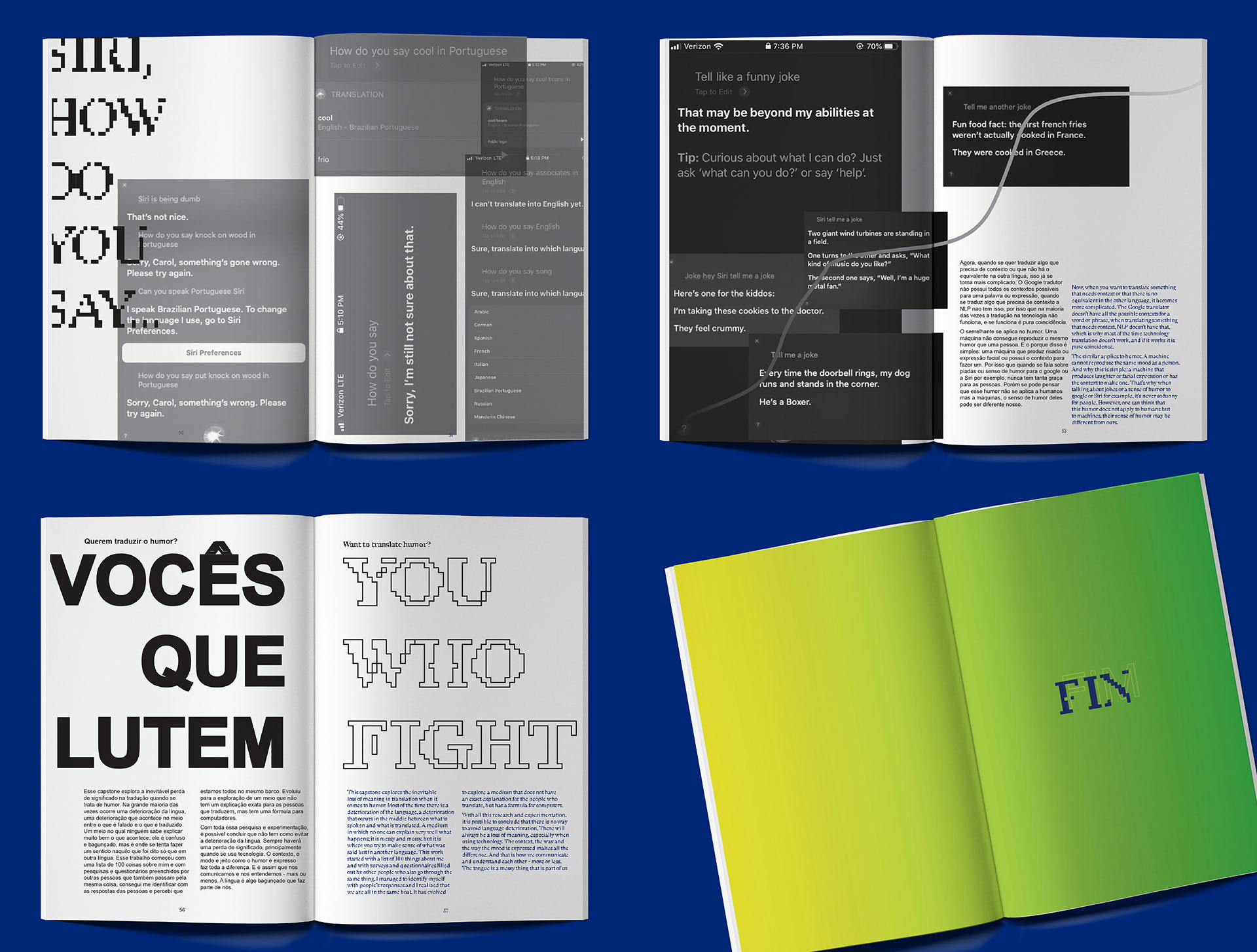
Typefaces used: Arial and Redaction
Tools used: Siri, GoogleTranslate, Voice Texting, Predictive Texting
This project is the result of an undergraduate Capstone in the BFA in Graphic Design from DePaul University’s School of Design. The primary prompt was to explore themes of personal interest that connected to larger issues in society.
Tools used: Siri, GoogleTranslate, Voice Texting, Predictive Texting
This project is the result of an undergraduate Capstone in the BFA in Graphic Design from DePaul University’s School of Design. The primary prompt was to explore themes of personal interest that connected to larger issues in society.
